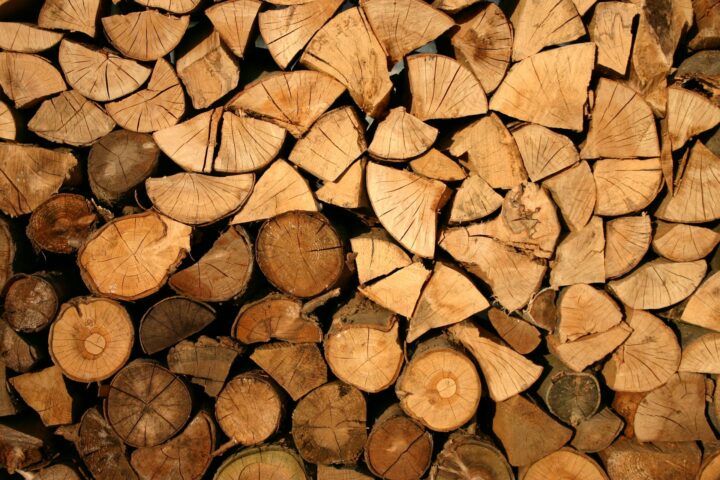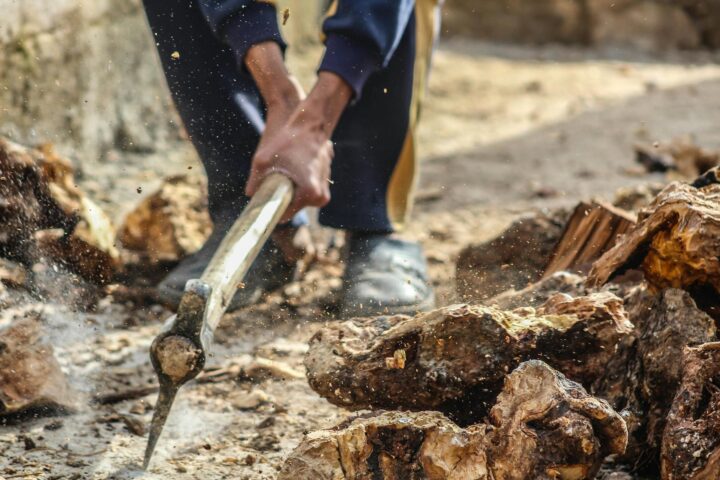-
What Makes Timber So Sustainable: The Eco-Friendly Choice for a Greener Future
In an era when environmental concerns are at the forefront of global discussions, sustainable practices and renewable resources have become critical components of building a greener future. Among these resources, timber stands out as one of the most sustainable materials available to us. The unique properties and practices associated with timber make it an eco-friendly choice for various applications. In this article, we will explore the factors that make timber so sustainable and its significance in promoting a more environmentally responsible world.
-
Renewable Resource:
Timber is a renewable resource, which means it can be replenished naturally over time through the process of tree growth and regeneration. Responsible forestry management ensures that only a fraction of the available trees are harvested, leaving the majority to continue growing and sequestering carbon dioxide. Sustainable practices involve replanting trees to maintain the balance between harvesting and regrowth, allowing future generations to benefit from this valuable resource.
-
Carbon Sequestration:
One of the most significant benefits of timber is its ability to sequester carbon dioxide, a greenhouse gas responsible for climate change. Trees absorb carbon dioxide from the atmosphere during photosynthesis and store it in their wood. This natural process helps to reduce the concentration of carbon dioxide in the atmosphere, mitigating the impacts of global warming. By using timber in construction and various other applications, we can extend its carbon storage potential and contribute to carbon offsetting.
-
Low Embodied Energy:
Embodied energy refers to the total energy required to extract, process, transport, and manufacture a material. Compared to other conventional construction materials like concrete and steel, timber has significantly lower embodied energy. The energy-intensive processes involved in producing steel and cement contribute to higher greenhouse gas emissions. In contrast, timber requires relatively less energy during its life cycle, making it an energy-efficient and sustainable choice.
-
Biodegradability:
Timber is a biodegradable material, meaning it can naturally decompose and return to the earth at the end of its life cycle. When properly disposed of, timber does not contribute to long-term pollution, unlike non-biodegradable materials like plastics. In fact, wood waste can be recycled or used for various purposes such as mulch or biofuel, promoting a circular economy and reducing the strain on landfills.
-
Energy Efficiency in Construction:
Timber offers excellent thermal insulation properties, which can contribute to energy-efficient building designs. Wooden structures have the advantage of maintaining comfortable indoor temperatures, reducing the need for excessive heating or cooling. As a result, buildings constructed with timber consume less energy for climate control, further contributing to sustainability by lowering energy demands and greenhouse gas emissions.
-
Sustainable Forest Management:
Responsible forest management practices play a pivotal role in making timber a sustainable resource. Certifications such as the Forest Stewardship Council (FSC) and the Programme for the Endorsement of Forest Certification (PEFC) ensure that timber comes from responsibly managed forests. These certifications uphold strict environmental and social standards, including preserving biodiversity, protecting indigenous rights, and limiting deforestation.
-
Versatility and Adaptability:
Timber's versatility extends its sustainability. It can be used in various applications, from construction and furniture-making to paper production and bioenergy. As new technologies and innovative practices emerge, timber continues to find new uses, making it a valuable and adaptable resource for future sustainability endeavors.
In conclusion, timber's sustainability lies in its renewable nature, carbon sequestration capabilities, low embodied energy, biodegradability, and energy-efficient properties. Sustainable forest management practices further enhance its eco-friendliness. As we strive for a greener future, embracing timber as a sustainable resource can play a crucial role in mitigating climate change, reducing carbon emissions, and promoting a more environmentally responsible world. By choosing timber as our material of choice, we pave the way for a more sustainable and harmonious coexistence with the natural world.
-




